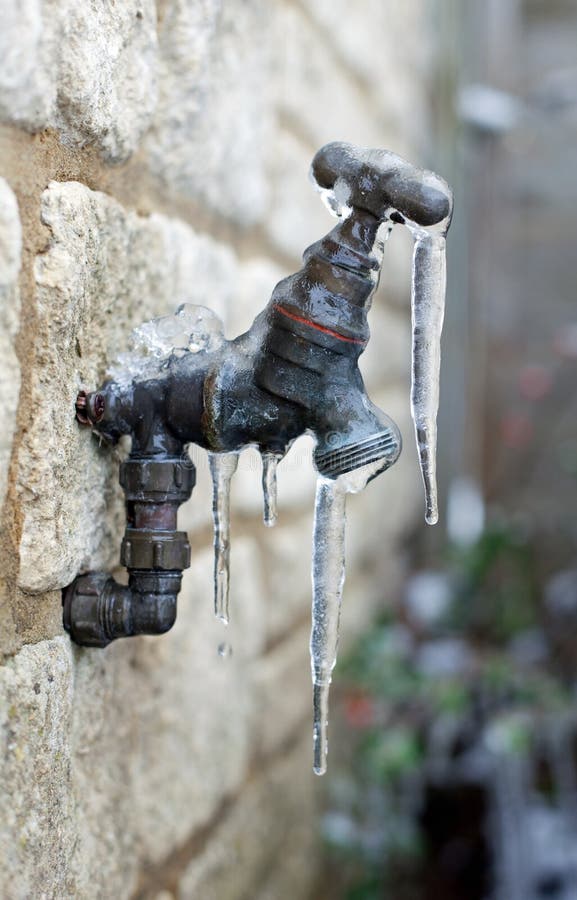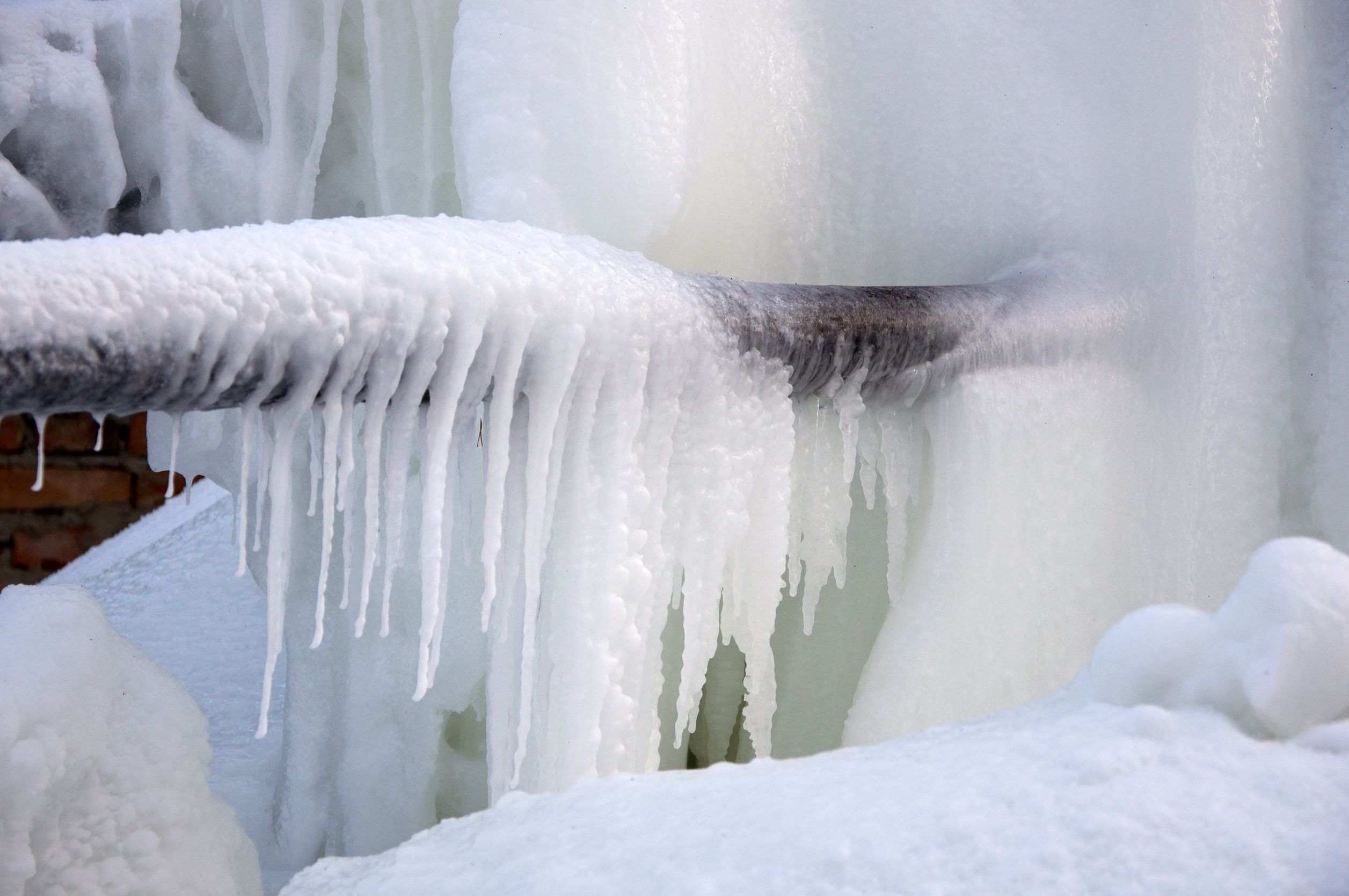Listed here below you might get a lot of brilliant ideas when it comes to Prevent Frozen Pipes .

Cold weather can damage your pipes, specifically by freezing pipelines. Right here's exactly how to prevent it from occurring and what to do if it does.
Introduction
As temperatures decrease, the risk of icy pipelines boosts, possibly causing costly fixings and water damage. Comprehending just how to prevent icy pipelines is essential for home owners in cold climates.
Understanding Frozen Pipes
What triggers pipelines to ice up?
Pipelines ice up when revealed to temperature levels listed below 32 ° F (0 ° C) for expanded durations. As water inside the pipelines ices up, it increases, taxing the pipeline wall surfaces and possibly triggering them to rupture.
Risks and problems
Icy pipelines can cause water disturbances, residential or commercial property damage, and pricey fixings. Burst pipelines can flood homes and cause extensive structural damages.
Signs of Frozen Pipeline
Recognizing icy pipes early can stop them from rupturing.
How to recognize frozen pipelines
Try to find decreased water circulation from faucets, unusual odors or sounds from pipelines, and noticeable frost on revealed pipelines.
Avoidance Tips
Shielding at risk pipelines
Cover pipelines in insulation sleeves or make use of warmth tape to shield them from freezing temperature levels. Concentrate on pipelines in unheated or outside locations of the home.
Home heating strategies
Maintain interior spaces effectively heated up, particularly areas with pipes. Open up closet doors to enable warm air to circulate around pipelines under sinks.
Securing Outdoor Pipes
Garden tubes and outdoor taps
Disconnect and drain pipes garden pipes before wintertime. Mount frost-proof spigots or cover outside taps with insulated caps.
What to Do If Your Pipes Freeze
Immediate activities to take
If you suspect frozen pipelines, keep faucets available to relieve pressure as the ice melts. Utilize a hairdryer or towels taken in warm water to thaw pipes slowly.
Long-Term Solutions
Structural modifications
Take into consideration rerouting pipes away from exterior walls or unheated areas. Add extra insulation to attics, basements, and crawl spaces.
Upgrading insulation
Invest in top notch insulation for pipelines, attic rooms, and wall surfaces. Correct insulation aids maintain constant temperatures and decreases the threat of frozen pipes.
Verdict
Preventing icy pipelines needs positive procedures and quick reactions. By comprehending the reasons, indications, and preventive measures, home owners can shield their pipes throughout winter.
5 Ways to Prevent Frozen Pipes
Drain Outdoor Faucets and Disconnect Hoses
First, close the shut-off valve that controls the flow of water in the pipe to your outdoor faucet. Then, head outside to disconnect and drain your hose and open the outdoor faucet to allow the water to completely drain out of the line. Turn off the faucet when done. Finally, head back to the shut-off valve and drain the remaining water inside the pipe into a bucket or container. Additionally, if you have a home irrigation system, you should consider hiring an expert to clear the system of water each year.
Insulate Pipes
One of the best and most cost-effective methods for preventing frozen water pipes is to wrap your pipes with insulation. This is especially important for areas in your home that aren’t exposed to heat, such as an attic. We suggest using foam sleeves, which can typically be found at your local hardware store.
Keep Heat Running at 65
Your pipes are located inside your walls, and the temperature there is much colder than the rest of the house. To prevent your pipes from freezing, The Insurance Information Institute suggests that you keep your home heated to at least 65 degrees, even when traveling. You may want to invest in smart devices that can keep an eye on the temperature in your home while you’re away.
Leave Water Dripping
Moving water — even a small trickle — can prevent ice from forming inside your pipes. When freezing temps are imminent, start a drip of water from all faucets that serve exposed pipes. Leaving a few faucets running will also help relieve pressure inside the pipes and help prevent a rupture if the water inside freezes.
Open Cupboard Doors
Warm your kitchen and bathroom pipes by opening cupboards and vanities. You should also leave your interior doors ajar to help warm air circulate evenly throughout your home.

I am very enthusiastic about How to prepare your home plumbing for winter weather and I'm hoping you enjoyed the new blog entry. Liked our blog entry? Please quickly share it. Let somebody else check it out. Thanks a bunch for your time. Kindly check up our blog back soon.
Call Today